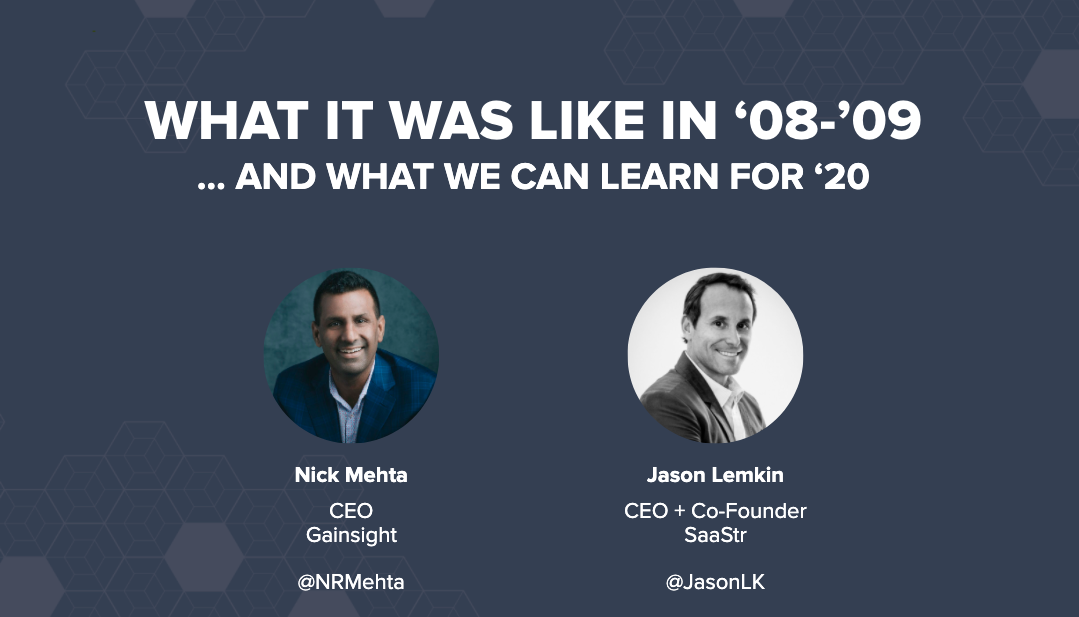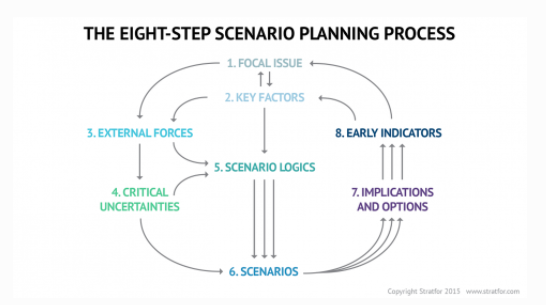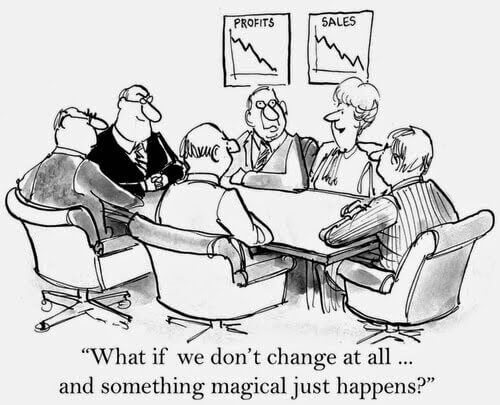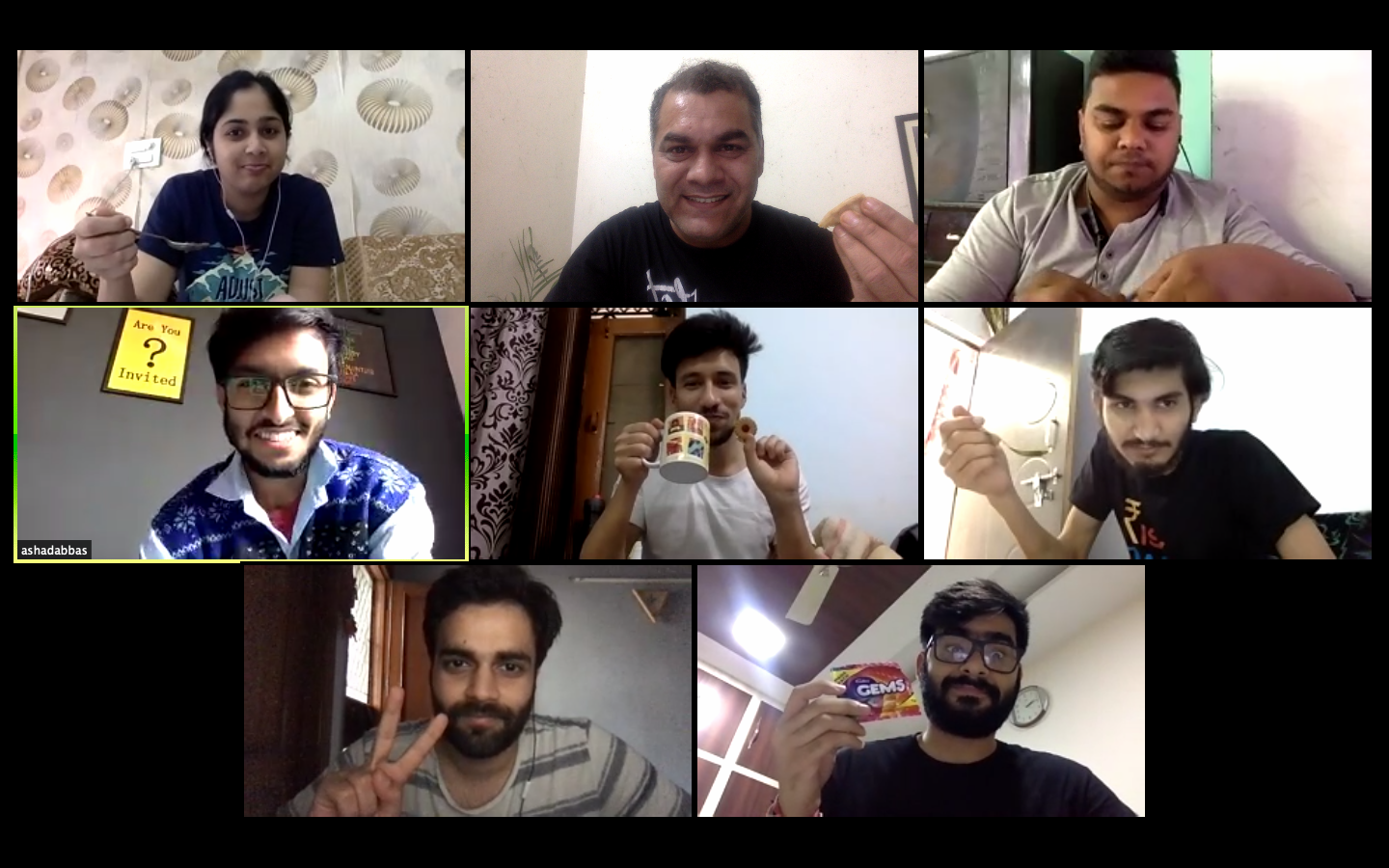Our products
To understand, analyse & boost sentiment
To automate employee support
Our capabilities
Deep data and actionable insights
Behind Amber’s warmth & empathy
To understand, analyse & boost sentiment
To automate employee support
Deep data and actionable insights
Behind Amber’s warmth & empathy
4 min read
Gregory S Mathew
Last Updated: 8 February 2023
“Worst since 2008.”
That’s a phrase that keeps popping up as the global economy witnessed a massive downturn due to the spread of COVID-19. With stock markets in freefall, supply chains broken, travel bans enforced, and millions in self-quarantine, it’s clear that most businesses will be negatively affected by the crisis. But just like the 2008 crisis, this too shall pass and businesses must prepare accordingly.
So how did businesses cope last time? What are the lessons that can be learned from the past?
Jason Lemkin, CEO/Co-founder of Saastr and Nick Mehta, CEO of Gainsight answer these very same questions in their recent webinar.

It shouldn’t come as a surprise that businesses will start seeing deals slowing down over the next couple of months. For example, a recent study by the National Federation of Independent Business (NFIB) shows that 23% of SMBs surveyed have already been been negatively affected by the pandemic.
The number of businesses affected is only likely to increase in the coming months as supply-chains get disrupted, travel bans are enforced, and factories are shut down — meaning a majority of businesses will feel the heat in the coming months due to a knock-on effect.
If you're within the B2B space, analyze what portion of your customer base is likely to be hit by the crisis. Restaurants and airlines are good examples of industries who are on the front lines of the crisis — the number of reservations being made dropped by as much as -94% YOY in affected countries, while the airline industry could lose $113 billion in revenue this year. On the other end of the spectrum are businesses that cater to industries like telecommunications, healthcare — they’ll likely witness a positive impact. You can expect deals slowing down depending on what percentage of your customer base are in the frontline of this Covid-19 crisis. Expect a 30-50% slump at least.
For B2C, depending on what category of items your products (essential or non-essential) fall into, you're likely to see either a slump or a boost.
“By how much should we lower our sales forecast?”
That's a question most businesses are struggling to answer as there are a lot of variables. That’s where Nick Mehta shares some excellent advice — instead of trying to guess, consider scenarios planning for new sales. What if sales drop by 20% or 40% or 60%? What are the different knock-on impacts for each scenario? Check out the eight-step scenario planning process below to visualize how you can do this within your team. 
Here's a comprehensive guide by Forbes to help you with scenario planning and strategic forecasting.
What’s been observed in the previous crisis is that people are less willing to spend money on new decisions. For example, in China, since the epidemic, car sales have dropped by 80% leaving showrooms virtually empty. Now is definitely not the right time to close new deals.
But now is the ideal time to double down on employee retention. People are willing to spend more time to learn, according to Jason, based on his own personal experience.
The constant barage of negative news, combined with the inability to move out means that the millions of people who are working from home are looking for things to be engaged in. Sales teams can deep dive into existing accounts and strengthen relations; almost like donning the role of a customer success manager.
For organizations with a large number of employees, it'll be difficult to implement these changes which brings us to our 4th lesson.
In times of crisis like this — when there are a myriad number of things happening in the world — it's critical that leaders must adapt quickly and also get comfortable with rapid change without being rattled in the short term, says Nick Mehta, CEO of Gainsight.
Just how fast are things changing? Just a couple of weeks ago, President Trump asked the American public "to not worry about the coronovirus”. Fast forward to now and the US has more cases than any other country in the world. And it's fair to assume that things won't settle down for the next couple of months. Hence be ready to adapt and respond to changing markets conditions.
Here's a good example of a global organization making sweeping changes as a response to changing market conditions. Another example would be Pepsi. The company started witnessing declining sales in its sugary drinks line up fuelled by growing health concerns among consumers. By then, CEO Indra Nooyi Pepsi boldly ventured into more healthier products like "Better for you" and "Baked Lays".

As working from home for extended periods becomes a reality for most organizations, bringing your team a sense of connection and joy during the day is crucial says Nick Mehta. Nick's top communication hack is getting on a pure connection call everyday with this team. Where somedays it'd be about brining your pet to Zoom, and on other days it'd be taking a walk outside.
At inFeedo, we also have Zoom calls every day at 11am just so that everyone stays connected. On top of that, we also conduct Zoom lunches and Zoom workout sessions. Here's what our Zoom lunches looks like. 
The 2008 crisis was devastating by any account (loss of wealth reportedly was $10.2 trillion worldwide), but what people fail to realize is that it potentially could have been worse, says Nick Mehta. The crisis shattered people's confidence in the financial system and could have crippled it permanently. Putting an end to the modern world as we know it.
Fortunately in 2020, that's something we don’t have to worry about. Yes, the Covid-19 outbreak and the economic impact because of it, is a disaster but experts are optimistic that we will be able to find a cure in the coming months.
Companies need to focus on the long-term by doing more free trials, content marketing, webinars, longer pilots programs and in-general brand awareness, says Jason. By doing so, companies will be able to dominate their market when we get out of this recession.
Here's a bit of good news: even during the 2008 crisis, when the overall economy suffered the median of publicly-traded SaaS companies managed to grow although at a much slower pace. Prior to the 2008 recession, the median YOY growth was 42% but it shrank to 12% by Q2 2009.
"Great leaders are identified in times of crisis."
Nick Mehta reiterates 5 positive actions that SaaS CEO's can do amidst the crisis:
Having gratitude and finding ways to appreciate people for their work.
Making sure your team knows that despite the on-going crisis that as a CEO you're working hard and not slowing down.
Encourage and appreciate new ideas
Focusing on existing customers.
Make sure to bring out some joy for everyone to balance out all the negativity that people are experiencing.
When you try to remember the great leaders of past, you remember them because stood up during tough times and it's no different today. As a leader what are things that you can that can leave a positive impression on your employees? Here are ways to be a model leader amidst Coronavirus crisis.